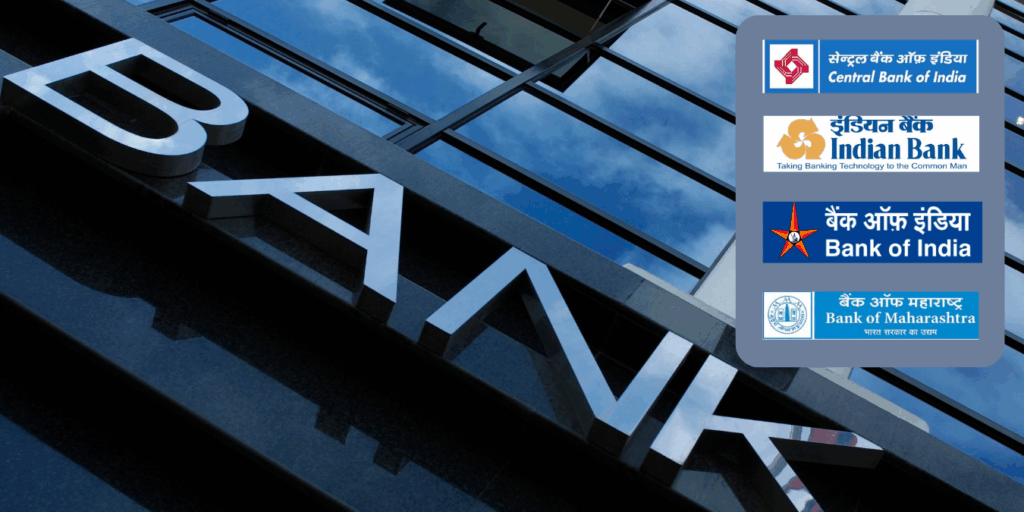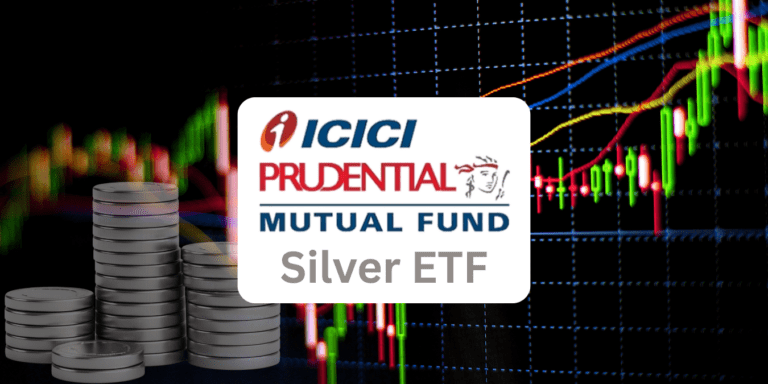
Indian Stock Market Trends: Sensex, Nifty, and Dalal Street Insights for 7th January 2026
Will Indian stocks soar or stumble on July 22, 2025? Uncover top picks like Titan, SBI, and JSW Steel, poised to dominate amid global volatility and domestic policy shifts. From RBI rate cut buzz to geopolitical tremors, discover the forces shaping India’s market. Dive into our suspenseful analysis to reveal hidden opportunities and risks—can these stocks defy the odds? Invest smart, but act fast!
The Indian stock market, tracked by indices like the Sensex and Nifty 50, continues to show resilience despite global economic challenges, including geopolitical tensions, fluctuating commodity prices, and monetary policy shifts. On July 22, 2025, the market is expected to open flat to positive, with GIFT Nifty at 25,032.50, signaling cautious optimism after a bullish close on July 21, with Nifty 50 at 25,090.7 and Sensex at 82,408.17. Key sectors like banking, infrastructure, and consumer goods are likely to drive market trends, influenced by corporate earnings, global cues, and domestic policy developments. This analysis highlights top stocks to watch, their performance drivers, and the broader market context, including global and Indian news impacting the market.
Global International News Impacting the Indian Stock Market
- Oil Price Volatility and EU Sanctions on Russia: EU sanctions on Russia’s oil sector and mixed U.S. economic data (declining homebuilding, rising consumer sentiment) are driving oil price fluctuations ($70–$75/barrel). This impacts energy and logistics sectors.
- U.S. Federal Reserve Policy: The Fed’s projection of two rate cuts in 2025 has boosted global equity sentiment, but high interest rates and potential U.S. tariffs could reduce FII inflows into India.
- Geopolitical Tensions: Russia-Ukraine conflicts and U.S.-China trade tensions create uncertainty for export-oriented sectors like steel (JSW Steel) and IT.
- Global Equities and Treasury Yields: A slight rise in global equities and a dip in U.S. Treasury yields signal cautious optimism, but high valuations may cap gains for Indian stocks.
Indian News Impacting the Stock Market
- RBI Rate Cut Expectations: Analysts expect a potential RBI rate cut in August 2025 due to declining retail inflation and a strong monsoon, boosting banking stocks like SBI and Bajaj Finance.
- Government Initiatives: The PLI scheme, infrastructure development, and rural consumption programs support manufacturing (JSW Steel), retail (Vishal Mega Mart), and banking sectors.
- Corporate Earnings: Q1 FY26 results from SBI, JSW Steel, and others reflect strong domestic demand, but regulatory challenges (e.g., Axis Bank’s bad loan spike) pose risks.
- IPO Activity: High-profile IPOs like Milky Mist Dairy (₹2,035 crore) and Bonfiglioli’s India unit ($250 million) indicate investor confidence but may divert capital from established stocks.
- Consumer Sentiment and Inflation: Inflationary pressures have curbed discretionary spending, impacting retail and FMCG, but staples remain resilient.
Top Stocks to Watch on July 22, 2025
1. Titan Company
Titan, a leading jewellery and watchmaker, is in focus due to its strong Q1 FY26 performance, with a 9% YoY revenue growth driven by festive season demand and new store openings. The stock is recommended by analysts like Mirae Asset Sharekhan for its bullish chart setup.
Analysis: Titan benefits from rising consumer spending in Tier 1 and Tier 2 cities, supported by its brand strength and expansion in wedding jewellery. However, high gold prices and competition from unorganized players pose challenges.
Pros:
- Strong brand loyalty and premium positioning.
- Benefits from festive season and wedding demand.
- Expansion into wearables and luxury segments.
Cons:
- Vulnerability to gold price volatility.
- Competition from unorganized jewellery sector.
- Margin pressure from rising input costs.
News Impact: Rising gold prices due to global demand (currently $2,400–$2,450/ounce) may impact margins, while domestic consumer spending trends support growth.
2. State Bank of India (SBI)
SBI raised ₹25,000 crore via India’s largest qualified institutional placement (QIP), oversubscribed 4.5 times, with strong interest from LIC and foreign investors. Q1 FY26 net profit rose 12% YoY to ₹4,116 crore.
Analysis: SBI’s robust capital raise strengthens its balance sheet, supporting credit growth in infrastructure and retail. Strong asset quality (gross NPAs at 3.52%) and digital banking initiatives make it a top banking pick, though regulatory pressures persist.
Pros:
- Strong capital base supports lending growth.
- Improved asset quality enhances profitability.
- Benefits from RBI’s infrastructure financing norms.
Cons:
- Exposure to global interest rate volatility.
- Regulatory risks from stricter lending norms.
- Competition from private banks.
News Impact: RBI’s revised provisioning guidelines for project financing reduce funding costs, boosting SBI’s lending capacity, but global FII outflows may pressure the stock.
3. Bajaj Finance
Bajaj Finance, a leading NBFC, is recommended by analysts for its breakout potential and strong Q1 FY26 performance, with a 25% YoY growth in assets under management (AUM) and a 15% rise in net profit.
Analysis: The company’s focus on consumer finance, SME lending, and digital platforms aligns with India’s consumption growth. However, rising interest rates and regulatory scrutiny on NBFCs pose risks.
Pros:
- Strong AUM growth and diversified portfolio.
- Benefits from rising consumer credit demand.
- Robust digital and fintech capabilities.
Cons:
- Regulatory risks from RBI’s NBFC oversight.
- Sensitivity to interest rate hikes.
- Competition from banks and fintechs.
News Impact: Expectations of an RBI rate cut in August could ease borrowing costs, while global tariff concerns may impact FII sentiment.
4. JSW Steel
JSW Steel reported a 64% YoY decline in Q1 FY26 net profit to ₹845 crore due to lower realizations, but sales volume rose 9% to 6.69 million tonnes, supported by cost efficiencies.
Analysis: JSW Steel benefits from India’s infrastructure push and stable domestic demand, but global trade tariffs and raw material price volatility remain concerns. Capacity expansions position it for long-term growth.
Pros:
- Strong domestic infrastructure demand.
- Cost optimization improves margins.
- Long-term growth from capacity expansions.
Cons:
- Global steel price fluctuations.
- Trade tariffs impact exports.
- High capital expenditure pressures cash flow.
News Impact: India’s PLI scheme and infrastructure spending support growth, but U.S. tariff threats and EU sanctions on Russia could disrupt supply chains.
5. Vishal Mega Mart
Vishal Mega Mart, a value retailer with 696 stores, is highlighted by Motilal Oswal for its 19% revenue CAGR projection for FY25–28, driven by store expansion and strong private label growth.
Analysis: VMM’s asset-light model and focus on Tier 2+ cities align with rising consumer spending. Its scalability and operating leverage are strengths, but e-commerce competition is a challenge. Pros:
- High store-level profitability.
- Strong growth in Tier 2+ markets.
- Asset-light model ensures high returns.
Cons:
- Intense competition from e-commerce.
- Inflation impacts discretionary spending.
- Supply chain risks.
News Impact: Festive season demand and rural consumption initiatives could drive sales, but inflationary pressures may limit discretionary spending.
Detailed Analysis
Market Sentiment
The Nifty 50 closed at 25,090.7 on July 21, up 1.29%, driven by banking sector gains and RBI’s relaxed provisioning norms. Options data suggests a trading range of 24,500–25,500, with resistance at 25,200–25,300. FII selling (₹1,732.77 crore) and DII buying (₹3,555.39 crore) indicate mixed sentiment.
- Banking: Private banks like SBI and Bajaj Finance lead gains, supported by RBI policies, but NIM compression and regulatory risks linger.
- Consumer Goods: Titan and Vishal Mega Mart benefit from festive demand, but inflation and e-commerce competition pose challenges.
- Steel: JSW Steel capitalizes on infrastructure demand, but global trade tensions are a headwind.
Technical Outlook
Analysts suggest a stock-specific approach, with Nifty support at 24,400–24,500 and resistance at 25,200–25,300. Stocks like SAIL and Aadhar Housing Finance show bullish setups, while banking stocks may face volatility.
Pros and Cons of Investing in the Indian Stock Market on July 22, 2025
Pros
- Market Resilience: Sensex and Nifty have delivered 10–12% annualized returns over five years, driven by domestic consumption and manufacturing.
- Government Support: PLI schemes, infrastructure, and green energy initiatives boost sectors like steel, banking, and retail.
- Strong Earnings: Q1 FY26 results from SBI, JSW Steel, and others reflect robust fundamentals.
- Rate Cut Potential: An RBI rate cut could enhance lending and consumer spending.
Cons
- Global Headwinds: Oil price volatility, U.S. tariffs, and geopolitical tensions impact exports.
- FII Outflows: Heavy FII selling due to global interest rates pressures markets.
- Inflation: Reduced discretionary spending affects retail and FMCG sectors.
- Regulatory Risks: Stricter lending norms and SEBI regulations create uncertainty.
Final Thought
On July 22, 2025, investors should focus on Titan, SBI, Bajaj Finance, JSW Steel, and Vishal Mega Mart, which align with India’s growth in banking, consumer goods, and infrastructure. Global factors like oil prices and U.S. policy, alongside domestic drivers like RBI rate cuts and government initiatives, will shape market trends. A cautious, stock-specific approach is advised, with regular portfolio reviews. Consult a financial advisor before investing.




























